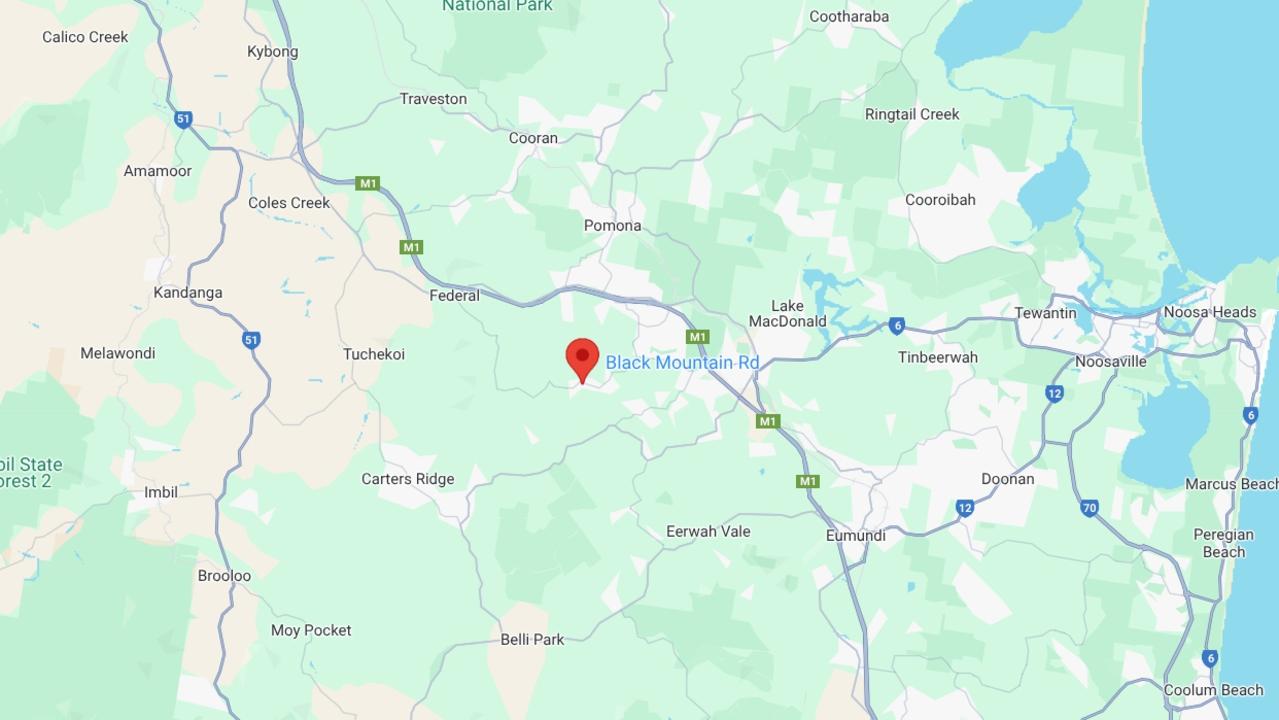Residential and commercial architecture merge as industrial style takes hold of interior design
HOME and retail design merge for a thoroughly modern look, writes Catherine Nikas-Boulos.
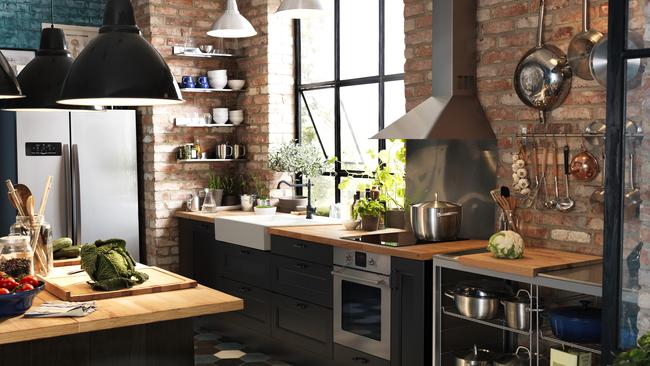
Home
Don't miss out on the headlines from Home. Followed categories will be added to My News.
THERE used to be a clear line between home and the rest of the world. Residential spaces were relaxed and comforting while cafes, shops and hotels maintained an air of formality.
But just as the line between work and home has blurred, so has interior design in public and private spaces.
Post-war cottages with imperfect brickwork and perfunctory, overhead beams have inspired a whole new style of architecture in residential and commercial design as industrial style takes hold.
Rendered brick has given way to bare face surfaces and large concrete slabs, while elegant floor-to-ceiling glass windows mimic the aesthetic of skyscrapers.
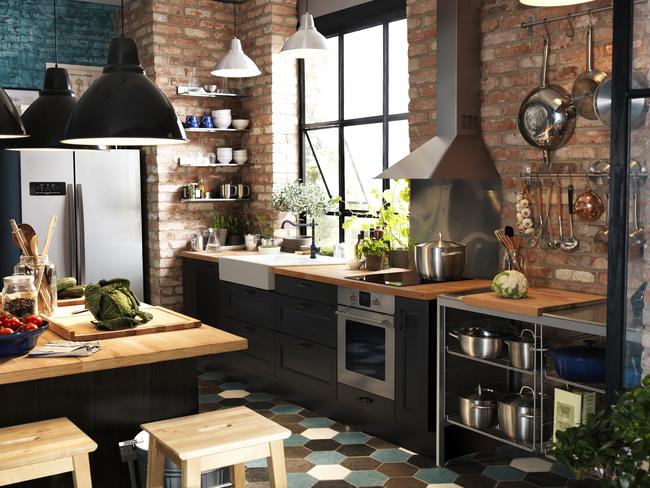
Windows are now oversized, constructed using thick, double-glazed industrial strength glass, and door openings (internal and external) have grown to appear commanding.
This trend has slowly evolved, but it seems commercial and residential architecture is merging into one design mould.
Increasingly, designers are working seamlessly across retail, hotel and cafe environments, as well as residential spaces.
MIRROR IMAGE
Whether it be residential mimicking commercial architecture of the other way around, the home is not what it used to be.
And Shaun Carter of Carter Williamson Architects says that’s not a bad thing.
“I would argue that residential design is moving further away from commercial, but commercial is following residential,” he says.
Hotels and cafes are beginning to resemble living rooms while residential kitchens take on a commercial aesthetic.
Shaun says it’s a welcome departure from current commercial design.
“When you drive down a commercial strip like Parramatta Rd in Sydney, there’s not a lot of excitement,” he says.
“A lot of the buildings are pretty bland to look at. I guess that’s what you would call cheap and cheerful commercial.”
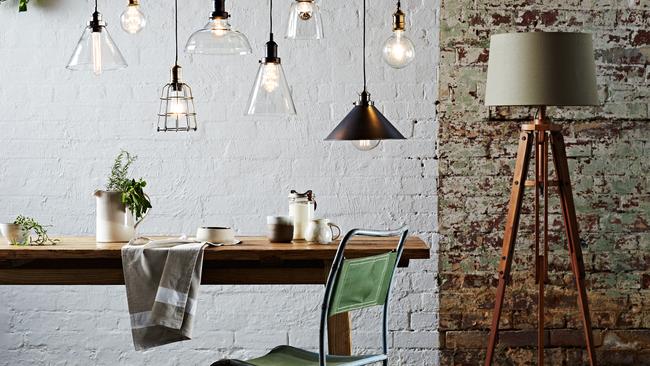
Conversely, in residential design, the materials are the heroes of the design.
He says the current trend is for exposed bricks and trusses, timber panelling and polished concrete to become more mainstream.
“The building feels more honest, you get to see the structure, and texturally it’s quite rich with things like timber boards used to line whole walls,” says Shaun. “They are generally warmer buildings to be in.”
He says the business of putting applied finishes like plasterboard over timber and brick to give a space a minimalist, clean feel is very much on the outer across the board.
“Residential architecture has moved away from simple white interiors,” says Shaun.
“There was a high level of architecture in the ‘90s, which was white, boxed minimalist rectangular form. Now we are moving away from that.”
BIG CITY APPEAL
From timber panelling on the walls to polished concrete floors and metal used for functional and decorative means in the home, Shaun says the shift towards apartment living in Sydney has also spurred a shift towards industrial style.
“Sydney is becoming more about apartment living with multi-residential buildings going up in suburbia, which is more in line with what has happened in big cities around the world like London and Hong Kong,” he says.
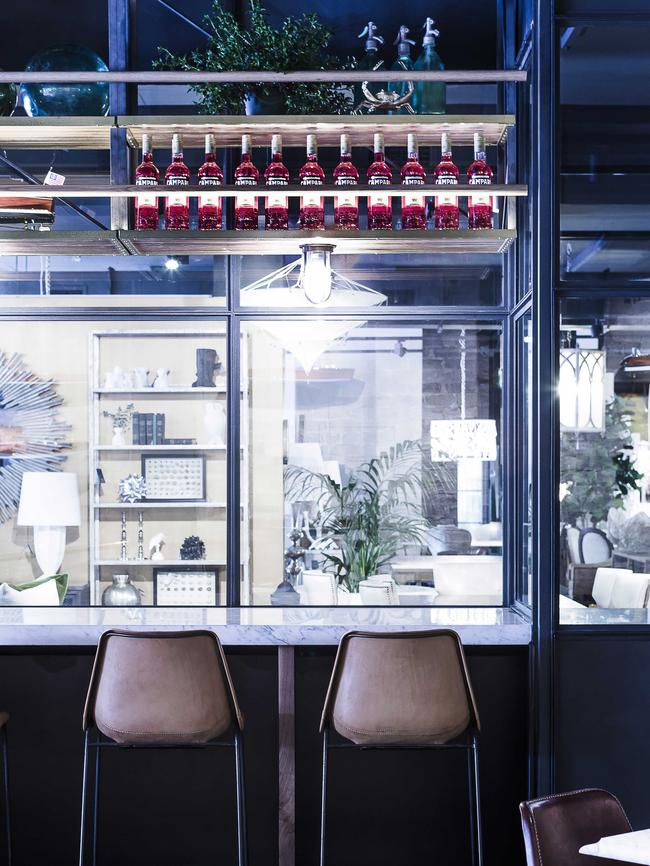
In apartment blocks of between 50 to 100 apartments, developers are embracing the raw building materials.
“There is an overarching narrative, seeing the concrete and brick work together and the steel and timber,” he says. “It’s not a commercial thing, it’s more a residential thing and commercial following that.”
The use of brick, concrete and timber cannot be denied in both residential and commercial, as old buildings are taken back to their original form and new builds embrace raw materials. Plasterboard, it seems, has been shelved for now.
Edgy local restaurants and bars like Mr Wong and Palmer & Co are but two of many that are on trend, respecting the original fabric of their respective buildings. Shaun says the trend to make heritage bricks a feature, in all of its uneven and discoloured glory, is an uber trend that is here to stay.
“We see it everywhere outside the home and we think, why can’t we have it in our home as well?”
BACK TO BASICS
Angelo Candalepas, director Candalepas Associates, agrees residential design is getting back to basics.
Beyond being styled in the manner of trendy commercial hubs that are popping up all over the city, the new trend is a ‘‘spiritual awakening’’.
“There has been quite a bit of attention on it, and it’s interesting how it affects people’s sensibilities,” he says.
“How people are viewing architecture is completely pervasive.
“Through the media and things like Instagram where photos are being shared, the view is one can achieve a comfortable home through design, and people aspire to that.
“Beforehand, we didn’t have this accessibility to all these media and it has brought us all this information. Design right now is simple and karmic, it’s all about engaging back to the Earth.”
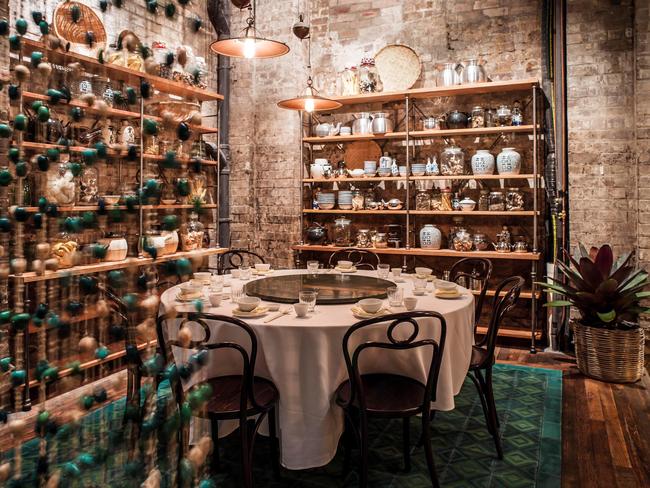
The trend of showing off natural materials seems to have hit the right chord with buyers and home renovators.
Angelo, who designs for individual homeowners and corporations that develop multistorey apartments, says he designs with his own ‘‘predilections about how people should live in mind’’.
MIXED BUSINESS FOR INDUSTRIAL CHIC
MIXING business with pleasure certainly works in homewares, too. The industrial/commercial trend has certainly affected what is happening in interior design, with the home buyers seeking out products that are edgy and different.
Victoria Chapman, senior interior designer for Coco Republic Interior Design, says this trend shows no sign of slowing down.
“I have noticed the scale has increased disproportionately of windows and everything is more open,” she says.
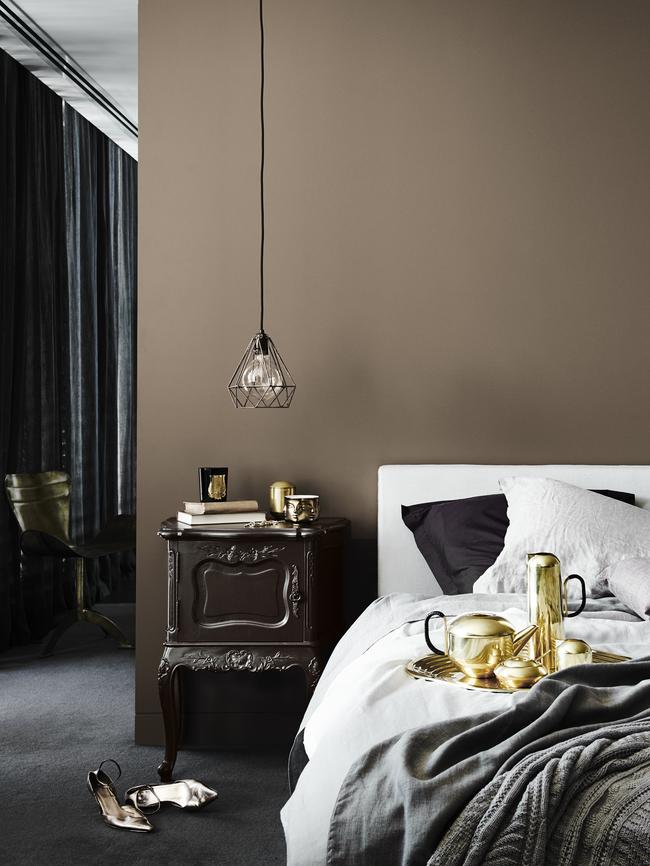
“You see that happening in shop fronts with heavy windows with big, black borders, but we’re also seeing in happening in homes.
“For instance, they can be used as a room divider in the toilet with a steel frame and opaque glass.”
Victoria has also noticed tapware on offer this season has an industrial edge with copper, brass and bronze finishes popular. Textile products aren’t smooth and polished either, but finished rough.
Rectangular subway tiles, which are traditional in shops, have also added to the commercial-to-residential trend.
“They have exploded on the scene — this is something we have definitely noticed, along with exposed pipe work, which becomes part of the industrial look at home.
“They would be painted to soften up them up visually and make the transition in the home easier.”
She says young designers entering the market are typically drawn to the industrial trend, so be prepared to see it evolve in style for a couple of years yet.
More Coco Republic, cocorepublic.com.au
More Brilliant Lighting, briliiantlighting.com.au; Candalepas Associates, candalepas.com.au; Carter Williamson Architects, carterwilliamson.com;
Dulux, dulux.com.au; Urban Road, urbanroad.com.au
Originally published as Residential and commercial architecture merge as industrial style takes hold of interior design


